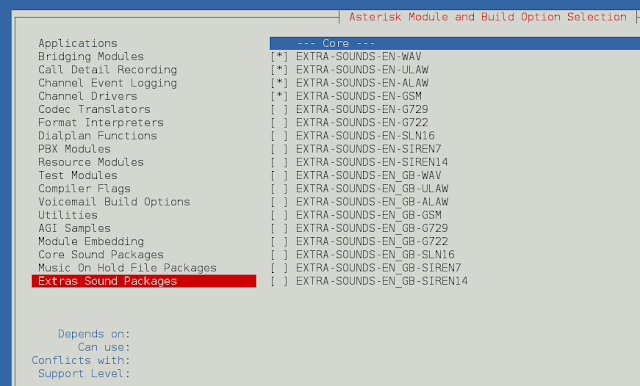What is a corpus?
A corpus can be defined as a collection of text documents. It can be thought as just a bunch of text files in a directory, often alongside many other directories of text files.
How it is done ?
NLTK already defines a list of data paths or directories in nltk.data.path. Our custom corpora must be present within any of these given paths so it can be found by NLTK.
We can also create a custom nltk_data directory in our home directory and verify that it is in the list of known paths specified by nltk.data.path.
Code #1 : Creating a custom directory and verify.
# importing libraries import os, os.path # using the given path path = os.path.expanduser('~/nltk_data') # checking if not os.path.exists(path): os.mkdir(path) print ("Does path exists : ", os.path.exists(path)) import nltk.data print ("\nDoes path exists in nltk : ", path in nltk.data.path) |
Output :
Does path exists : True Does path exists in nltk : True
Code #2 : Creating a wordlist file.
# loading libraries import nltk.data nltk.data.load('corpora/cookbook/word_file.txt', format ='raw') |
Output :
b'nltk\n'
How all this works ?
- nltk.data.load() recognizes the formats – ‘raw’, ‘pickle’ and ‘yaml’.
- It guess the format based on the file’s extension, if format is not given.
- As in the code above, ‘raw’ format is needed to be specified.
- As in the code above, ‘raw’ format is needed to be specified.
- If file ends in ‘.yaml’, then no need to specify the format.
Code #3 : How to load a YAML file
import nltk.data # loading file using the path nltk.data.load('corpora/cookbook/synonyms.yaml') |
Output :
{'bday': 'birthday'}




